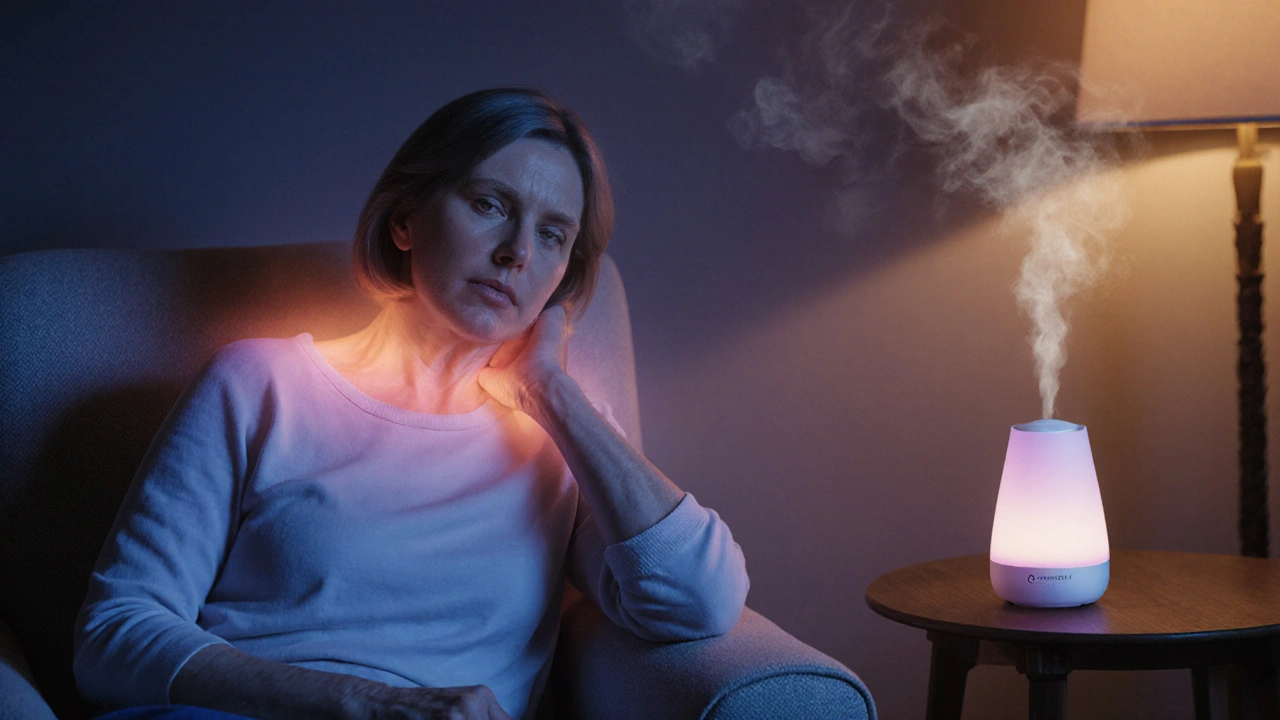Aromatherapy Oils – The Complete Intro
When working with Aromatherapy Oils, plant‑derived extracts that release fragrance and bioactive compounds when inhaled or applied to the skin. Also known as essential oils, they are used to support mood, relaxation, and occasional relief from minor discomforts.
One of the most popular choices is Lavender Oil, a purple‑scented essential oil prized for its calming properties. You’ll often see it paired with aromatherapy oils in bedtime blends because it helps lower heart rate and improves sleep quality. Lavender’s gentle aroma makes it suitable for diffusion, pillow sprays, or a few drops in a warm bath.
Another star is Peppermint Oil, a sharp, menthol‑rich oil known for its energizing and cooling sensations. It’s a go‑to for clearing nasal passages, easing tension headaches, and giving a quick mental boost during work breaks. Just a couple of drops on a tissue or in a diffuser can revive focus without caffeine.
To use these powerful extracts safely, most people blend them with a Carrier Oil, a neutral oil like jojoba, sweet almond, or fractionated coconut that dilutes the concentration. The carrier creates a slip‑smooth base for massage, reduces skin irritation, and helps the active compounds spread evenly. Typical ratios are 1‑2% for facial applications and up to 5% for full‑body massages.
How to Get the Most Out of Your Aromatherapy Oils
Aromatherapy oils encompass a range of delivery methods, each influencing how the scent interacts with your environment. Diffusers disperse microscopic droplets into the air, improving indoor air quality and setting a consistent mood. When you add a few drops of lavender or peppermint to a ultrasonic diffuser, you’re creating a therapeutic atmosphere that supports stress relief and mental clarity.
Massage therapy pairs well with carrier oils because the gentle pressure combined with the oil’s aroma deepens relaxation. Applying a blend of lavender and carrier oil to sore muscles can reduce perceived pain and improve circulation. Similarly, adding a splash of peppermint oil to a foot soak refreshes tired legs while the menthol scent awakens the senses.
Choosing high‑quality oils matters. Look for 100% pure, steam‑distilled or cold‑pressed extracts with clear botanical names on the label. Avoid blends that contain synthetic fragrances, as they can trigger headaches or skin reactions. When you verify the source and read third‑party test results, you’re ensuring the therapeutic benefits you expect actually reach you.
Whether you’re seeking better sleep, a natural focus boost, or simple relaxation, the right combination of essential oil, carrier oil, and delivery method can make a noticeable difference. Below you’ll find a curated list of articles that dive deeper into specific oils, safety tips, DIY recipes, and the science behind aromatherapy. Explore the collection to find actionable advice that fits your lifestyle and helps you make the most of aromatherapy oils.

Essential Oils for Menopause Relief: Aromatherapy Guide
Discover how aromatherapy can ease hot flashes, sleep issues, and mood swings during menopause with safe essential oil blends and practical usage tips.
Read More




